
Browse an alphabetical list of photographs. These historical images portray people, places, and events before, during, and after World War II and the Holocaust.
<< Previous | Displaying results 231-240 of 2641 for "Photo" | Next >>
An aerial view of Amsterdam. The photograph was taken for German military use. Amsterdam, the Netherlands, 1939-1940.
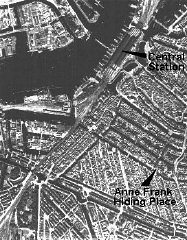
An African-American soldier with the 12th Armored Division, Seventh U.S. Army, stands guard ov...
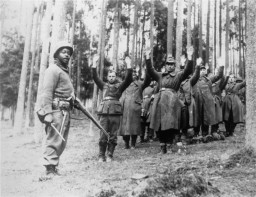
Laurette Cohen (front row, far right) poses with her students at an Alliance Israelite School in Morocco. 1935. Laurette was born in Oran, Algeria, 1911. In 1932, she married Prosper Cohen (born in Meknes in 1909). They were both teachers for the Alliance Israelite Universelle Schools in Morocco. Their daughter, Mathilde, was born in Tangiers on August 31, 1933. Before 1939, the family lived in Meknes and Fez. Later, Laurette and Prosper were sent to teach in other different locations where they were…
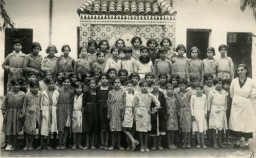
An American soldier stands guard in front of the Hadamar Institute. The photograph was taken by an American military photographer soon after the liberation. Germany, April 5, 1945.
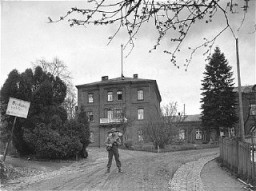
Photograph of a display entitled "British Freemasonry." It appeared in an anti-Masonic exhibition at a Berlin museum. Germany, March 7, 1941.
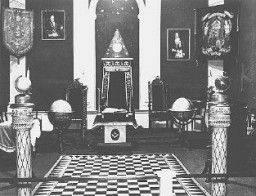
This Arabic translation of the Protocols by Ajaj Nuwayid also has appeared on a website sponsored by the Palestinian State Information Service. Published in Beirut, Lebanon, 1996.
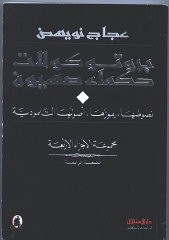
An Armenian refugee, wearing a scarf and a pack on her back. Ottoman Empire, 1918-20. Sometimes called the first genocide of the twentieth century, the Armenian genocide refers to the physical annihilation of Armenian Christian people living in the Ottoman Empire from spring 1915 through autumn 1916. There were approximately 1.5 million Armenians living in the multiethnic Ottoman Empire in 1915. At least 664,000 and possibly as many as 1.2 million died during the genocide, either in massacres and…
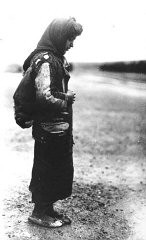
An Armenian woman and her child sit on a sidewalk next to a bundle of their possessions. Ottoman Empire, 1918–20.
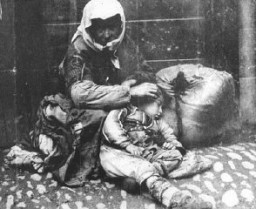
Crematorium 4 under construction. This crematorium was later destroyed during an uprising in the camp. Auschwitz-Birkenau, Poland, winter 1942-1943.
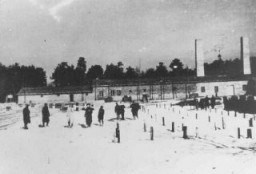
Many of the early concentration camps were improvised. Here, roll call is held for political prisoners aboard a ship used as a floating concentration camp. Ochstumsand camp, near Bremen, Germany, 1933 or 1934.
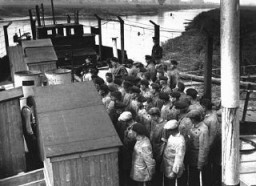
We would like to thank Crown Family Philanthropies, Abe and Ida Cooper Foundation, the Claims Conference, EVZ, and BMF for supporting the ongoing work to create content and resources for the Holocaust Encyclopedia. View the list of donor acknowledgement.